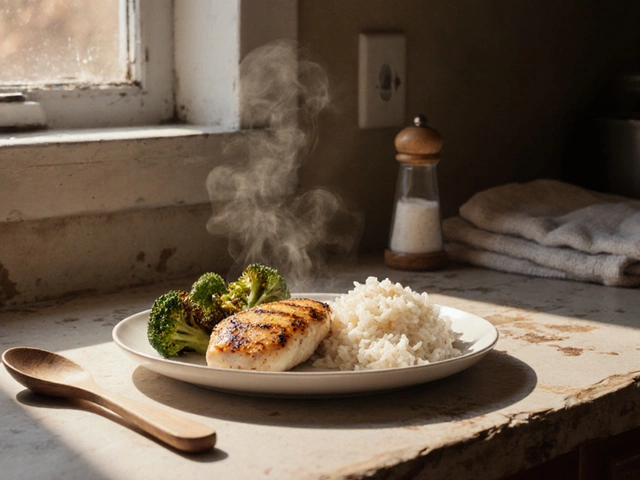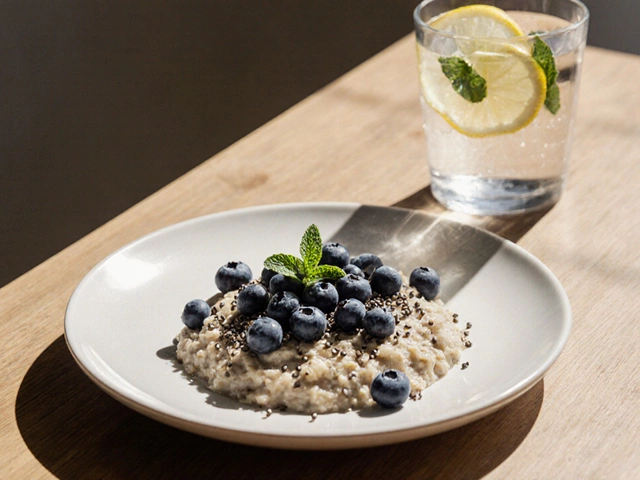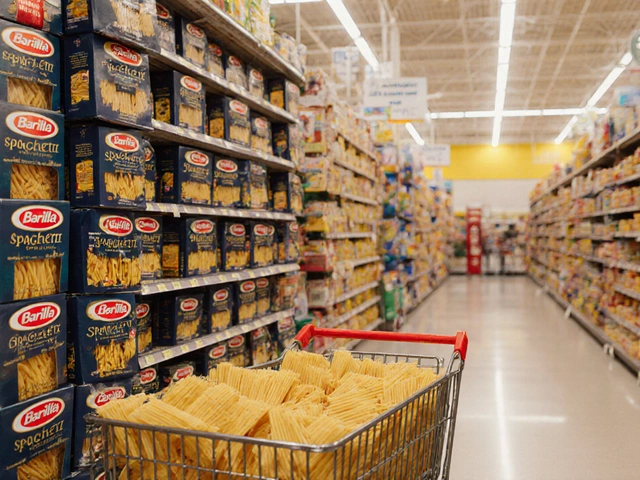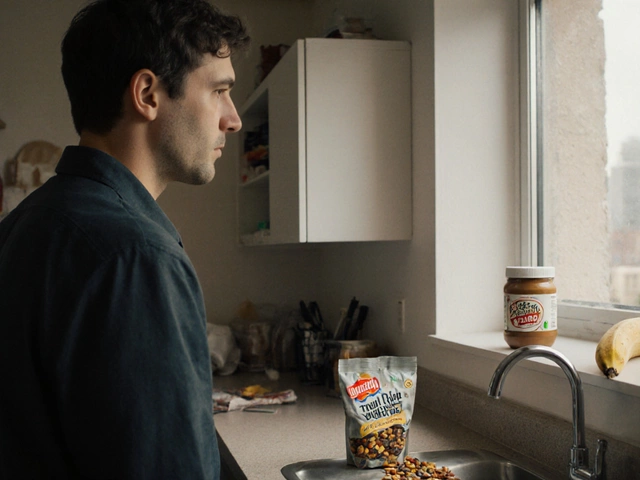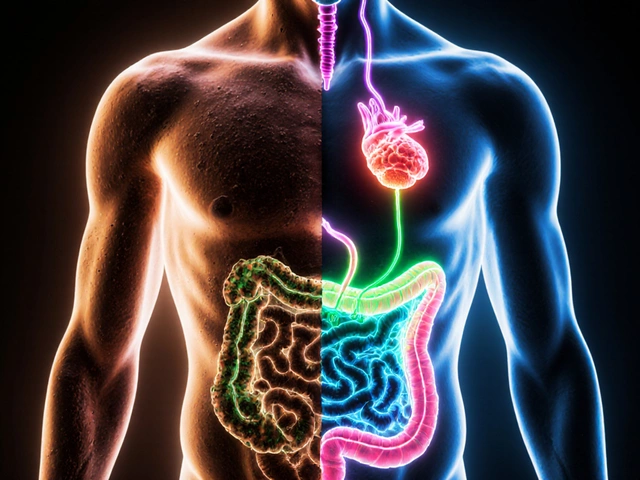Healthiest Lunch Ideas You Can Make in Minutes
When the midday slump hits, you don’t want a heavy, expensive meal weighing you down. You want something that fuels you, costs little, and tastes good. Below are practical tips and a few go‑to recipes that fit the bill, all pulled from our own blog posts.
Budget‑Friendly Lunch Picks
Saving money doesn’t mean sacrificing nutrition. Start with pantry staples like beans, oats, and frozen veggies. Our post “Healthiest Cheapest Food to Eat” lists beans, lentils, and oats as top winners. Cook a big batch of lentil soup on Sunday, portion it into containers, and you have a protein‑packed lunch for the whole week.
If you need something hot in the office, a one‑pot rice and veggie stir‑fry works great. Use a cheap bag of mixed frozen veg, add a splash of soy sauce, and toss in a can of drained chickpeas. It’s cheap, fills you up, and gives you fiber and iron.
Protein‑Rich Lunches Without Meat
Thinking you need meat for a high‑protein lunch? Think again. Our article “Best Vegetables with Protein That Rival Meat” highlights broccoli, peas, and spinach as protein powerhouses. Combine a handful of cooked quinoa with sautéed broccoli and a sprinkle of feta for a balanced bowl.
For a quick snack‑style lunch, spread hummus on whole‑grain toast and top with sliced cucumber and cherry tomatoes. Hummus gives you plant‑based protein, while the veggies add crunch and vitamins. It’s the kind of lunch you can assemble in under five minutes.
If you prefer a warm dish, try the “Frugal Dinner Ideas” recipe for a one‑pot chickpea curry. Use canned chickpeas, a jar of curry paste, and a can of coconut milk. Serve over brown rice, and you’ve got a filling, protein‑rich lunch that feels like a treat.
Don’t forget the power of nuts and seeds. A small handful of roasted almonds or a spoonful of chia seeds can boost your protein intake without adding many calories.
Tips to Keep Lunch Light and Digestible
Fast food can be a lunch lifesaver, but not all options are easy on the stomach. The “Fast Food That’s Easy on the Stomach” guide suggests choosing grilled chicken salads, veggie wraps with whole‑grain tortillas, and baked potatoes with a dollop of Greek yogurt. Skip the heavy sauces and cheese if you’re prone to bloating.
Stay hydrated. A glass of water before you eat can help digestion and keep you feeling full longer. If you need a caffeine boost, opt for green tea instead of a sugary soda.
Finally, prep the night before. Cutting veggies, cooking grains, and portioning protein takes only a few minutes each evening but saves you sprinting to the kitchen at lunch hour.
Mix and match these ideas, and you’ll have a rotating menu of healthy lunches that keep your wallet and waistline happy.
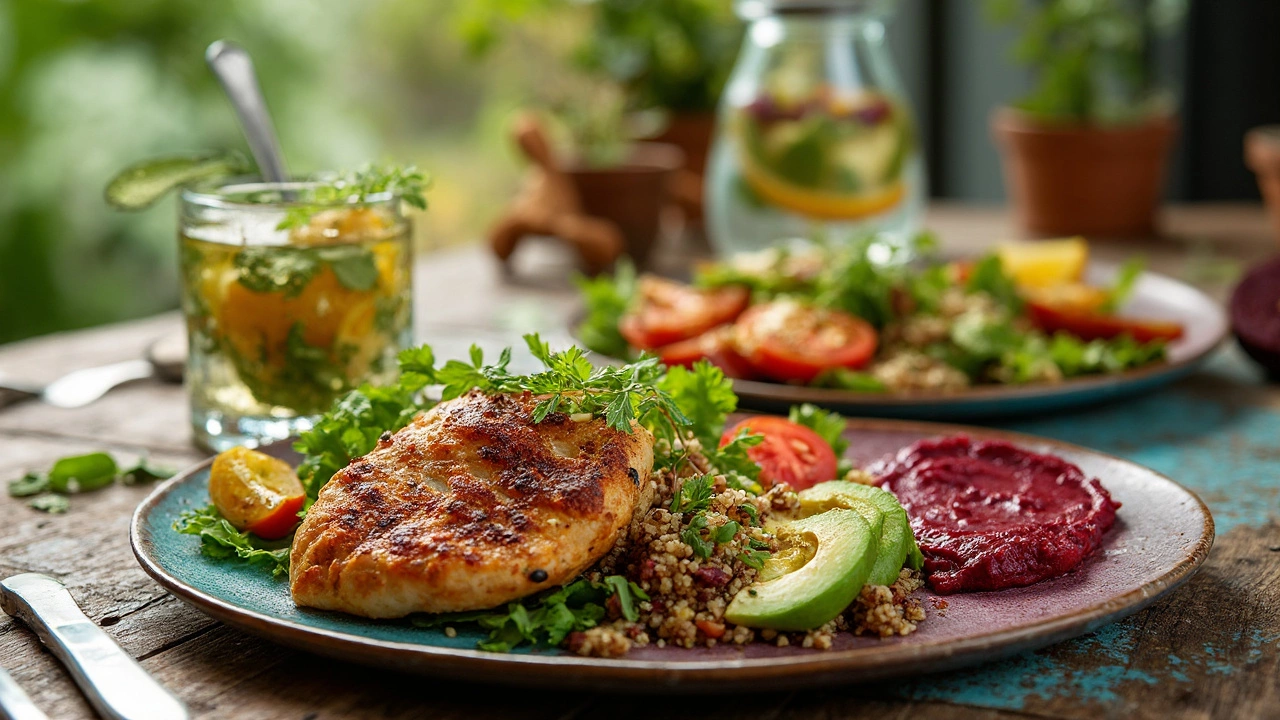
Healthiest Lunch Ever: Build the Ultimate Power Plate
by Landon Weathers / 22 May 2025Ever wondered what the healthiest lunch looks like? This article lays out the science and simple steps behind a lunch that checks every box—filling, tasty, and super good for you. Discover how to build a balanced plate, why each component matters, and smart ways to make your lunch healthier without sacrificing flavor. It’s packed with real-life tips, ingredient swaps, and straight-up explanations anyone can use. Lunch just got a major upgrade.
